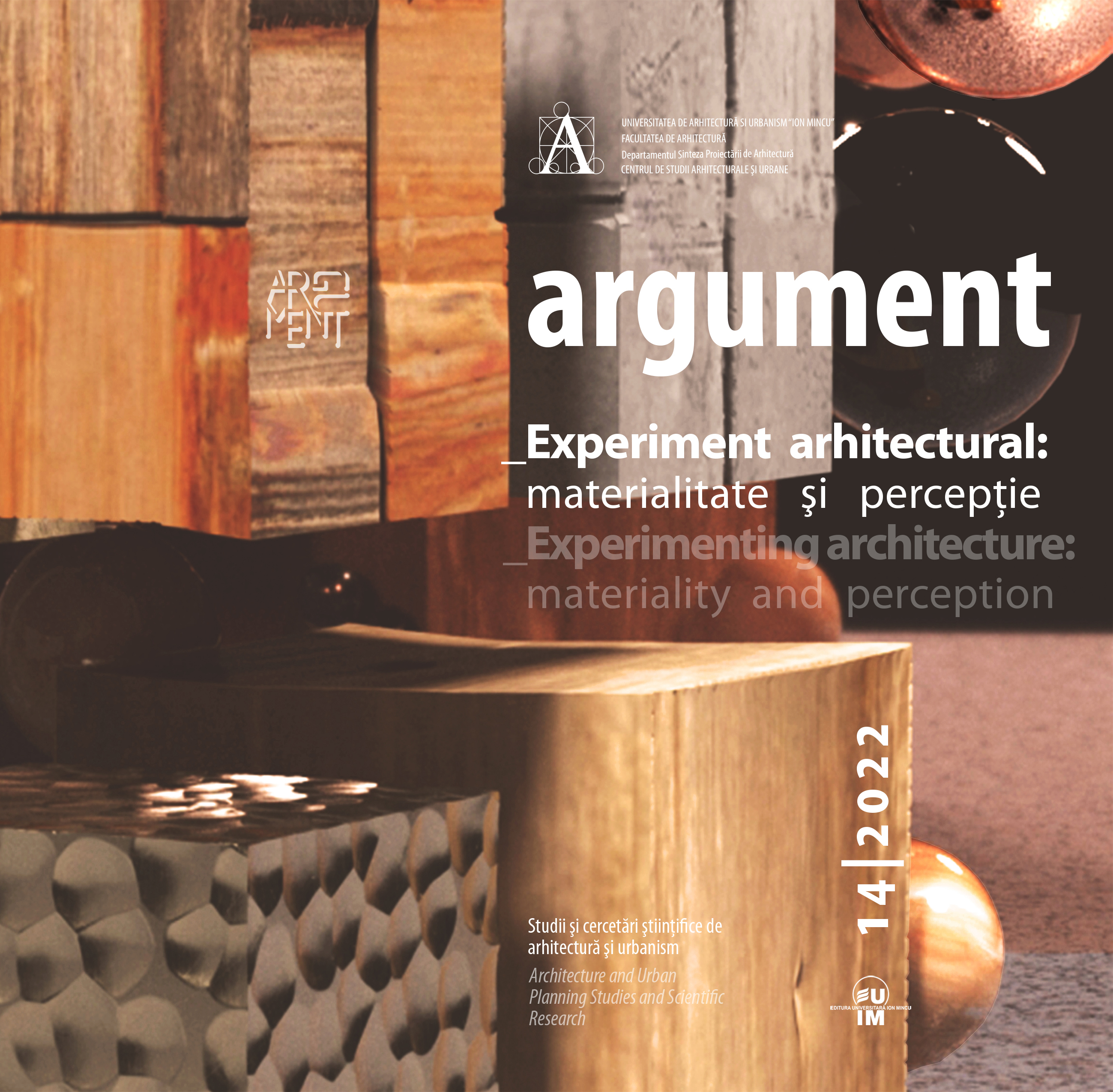Instrumente arhitecturale terapeutice în managementul tulburărilor de percepție la vârstnicii cu boala Alzheimer
Theraupeutic Architectural Tools in the Management of Perceptual Disorders in the Elderly with Alzheimer’s Disease
Author(s): Mihaela Zamfir (Grigorescu), Ileana Ciobanu, Andreea Georgiana Marin, Mihai Viorel ZamfirSubject(s): Architecture, Health and medicine and law
Published by: Editura Universitară “Ion Mincu”
Keywords: Alzheimer’s disease; therapeutic architectural tool; dementia-friendly architecture; quality of life; interdisciplinarity;
Summary/Abstract: Perceptual disorders are common in patients with Alzheimer’s disease and include spatial disorientation, spatial visual deficits, movement perception disorders, three-dimensional non-recognition of objects, poor identification of facial emotional expressions, prosopagnosia, visual illusions and hallucinations. To these are added deficits that may occur due to other conditions commonly encountered in the elderly: narrowing of the visual field, decreased visual acuity and sensitivity to contrast and color recognition disorders.The study is of the narrative review type and aims to explore the ways in which five specific architectural tools - light, form, color, texture and sound – can contribute to the management of perceptual disorders in order to increase the quality of life in Alzheimer’s disease, both for patients and for caregivers. Case studies are used.Light, natural and artificial, can positively influence physical and mental health. It is recommended to increase the level of lighting for the older person, to use generous glazing, to have optimal orientation towards the cardinal points and to use zenithal lighting.Form, in an honest relationship with function, supports correct spatial perception, alleviating distortions caused by neurocognitive disorders.Color can help compensate for perceptual deficits by using contrasts. Studies recommend using colors from the warm, yellow-red spectrum.Texture has influence especially on the biological aspect, i.e. on user safety, but it is also an excellent orientation tool for visually impaired people.Sound can also prove to be a useful tool in ameliorating auditory perception disorders and increasing the quality of life for seniors with neurocognitive disorders by establishing a balance between the need for communication and the avoidance of auditory overstimulation.The five architectural tools have both individual and synergistic action and contribute to: temporal-spatial orientation, amelioration of depressive symptoms, amelioration of sleep disorders, decrease of agitation, increase of appetite and of the degree of independence. Studies show a hierarchy in their compensatory use: shape is more recognizable than color and color more easily remembered than function. A multisensory approach is recommended.
Journal: Argument
- Issue Year: 14/2022
- Issue No: 14
- Page Range: 138 - 157
- Page Count: 20
- Language: English, Romanian

